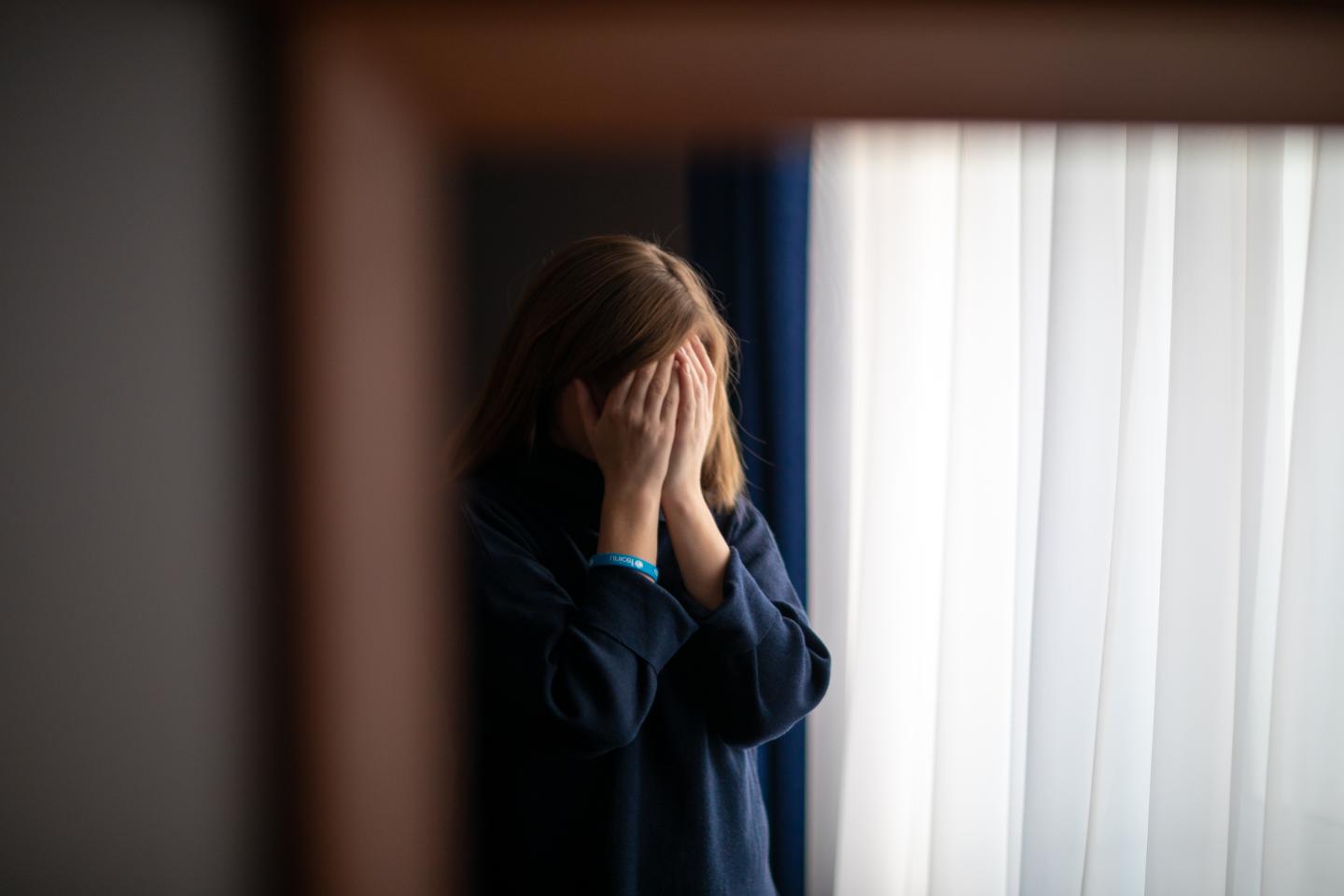An international study found that 31% of the world’s population, particularly the most disadvantaged, will experience distress in 2021, up from 25% in 2009. Distress includes feelings of sadness, stress, and worry.
Distress is on the ascent around the world, and this increment is independent of the Coronavirus pandemic, determine the specialists behind a study published in the journal PNAS on March 27, 2023. Its findings show that between 2009 and 2021, stress, sadness, and worry were reported by 31% of respondents, an increase of 25%.
A 2.5% increase in distress over the Covid period.
Did you spend a lot of the day feeling anxious, depressed, stressed, or enraged? These are the sorts of inquiries posed from 2009 to 2021 to 1.5 million adults from 113 different countries by the counseling and analysis firm Gallup, which produces significant international surveys every year and whose information is open. to scientists. “I and other researchers have found an increase in depression and emotional distress in the US and UK over this century, so it was interesting to find out if this was the case at larger scale” explains the first author of the study, Michael Daly, a specialist in the department of psychology at Maynooth University in Ireland.
Contrary to expectations, Covid-19 did not significantly alter this general trend. During the crisis, there was a slight increase in distress of 2.4 percent, but then things returned to normal. According to Michael Daly, this is a pattern that has been observed for a number of decades in research on trauma. Negative life events, such as experiencing a tragedy or losing a loved one, are characterized by a short-term rise in feelings of “anxiety and depression, followed by recovery.”
However, according to the study’s authors, this Covid effect had very little effect on the distress of older people and socioeconomically disadvantaged groups. According to the findings of the study, “people with a high level of education or income may have less experience coping with adverse circumstances than others, and start from a relatively low level in terms of distress.”
The less fortunate are much more likely to experience an increase in distress.
Michael Daly, however, identifies a significant increase in distress among populations with lower socioeconomic status outside of the pandemic effect. “For example, the period we study includes the aftermath of the 2008 financial crisis, when economic uncertainty related to job security and debt was felt by many people around the world”, underlines the psychologist. Traumatic events – conflicts, natural disasters, school shootings – political instability, and increased productivity demands, are all factors that may have played a role, explains Michael Daly.
“Given the strong overlap between emotional distress and affective disorders such as depression and anxiety, it is likely that symptoms of these conditions are on the rise, which could push some people over the threshold for disorder diagnoses. affective”worries the researcher.

 Diabetology2 weeks ago
Diabetology2 weeks ago
 Diabetology2 weeks ago
Diabetology2 weeks ago
 Diabetology1 week ago
Diabetology1 week ago
 Diabetology1 week ago
Diabetology1 week ago
 Diabetology1 week ago
Diabetology1 week ago
 Diabetology2 weeks ago
Diabetology2 weeks ago
 Diabetology1 week ago
Diabetology1 week ago
 Diabetology2 weeks ago
Diabetology2 weeks ago








